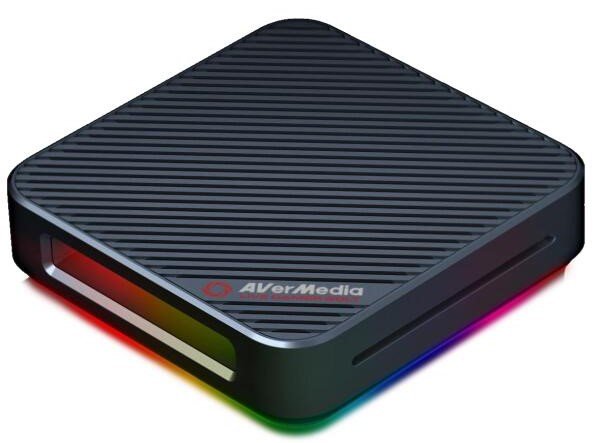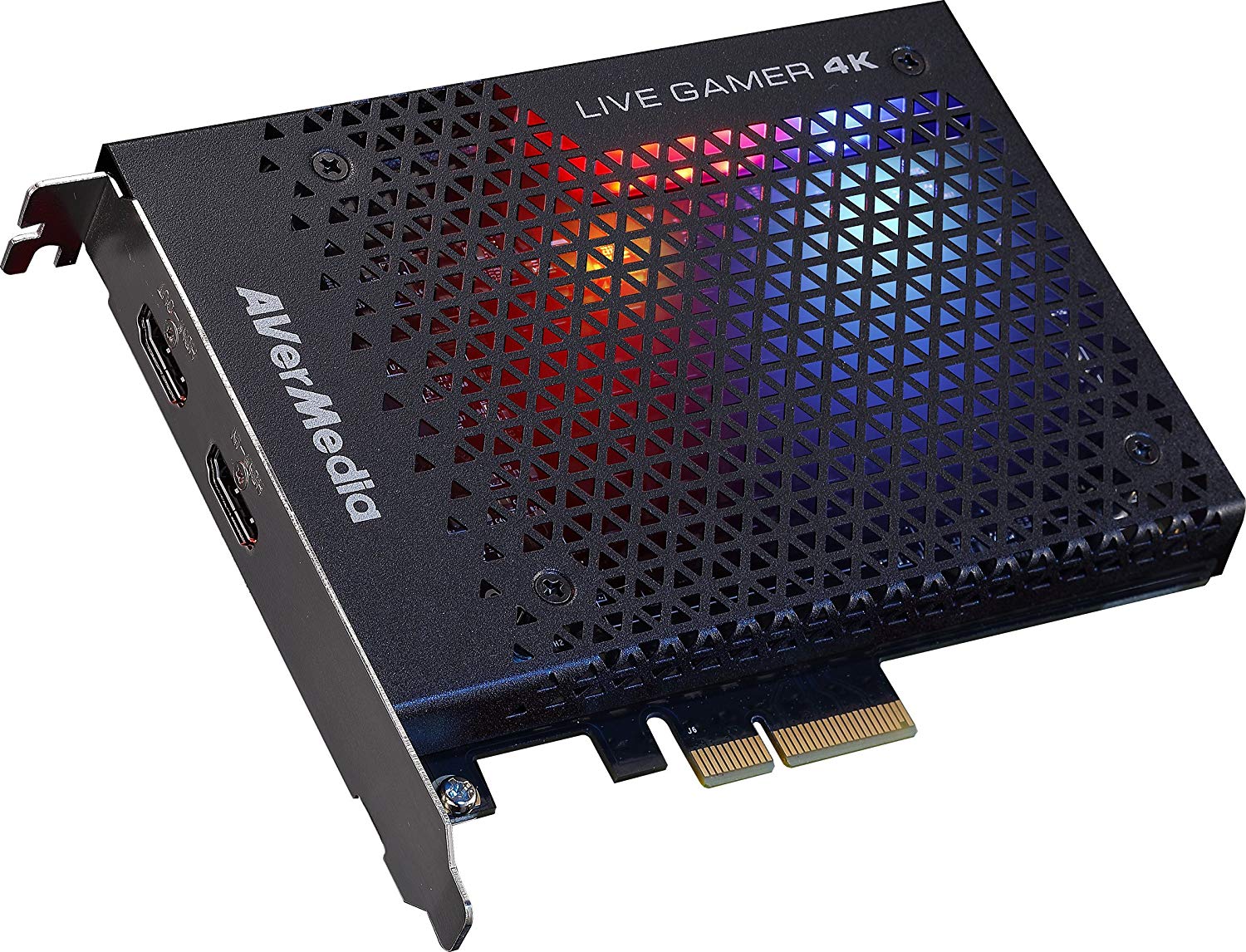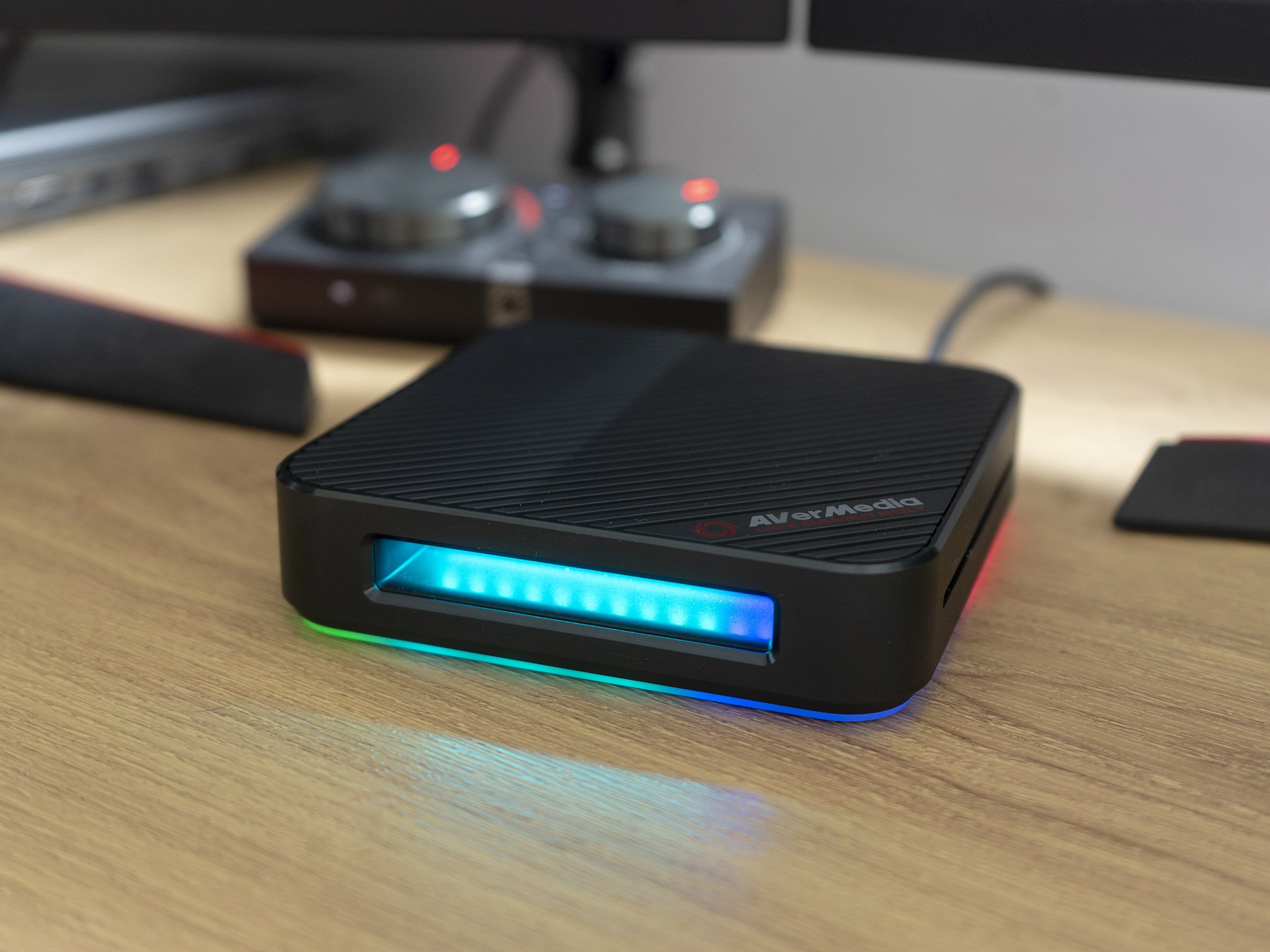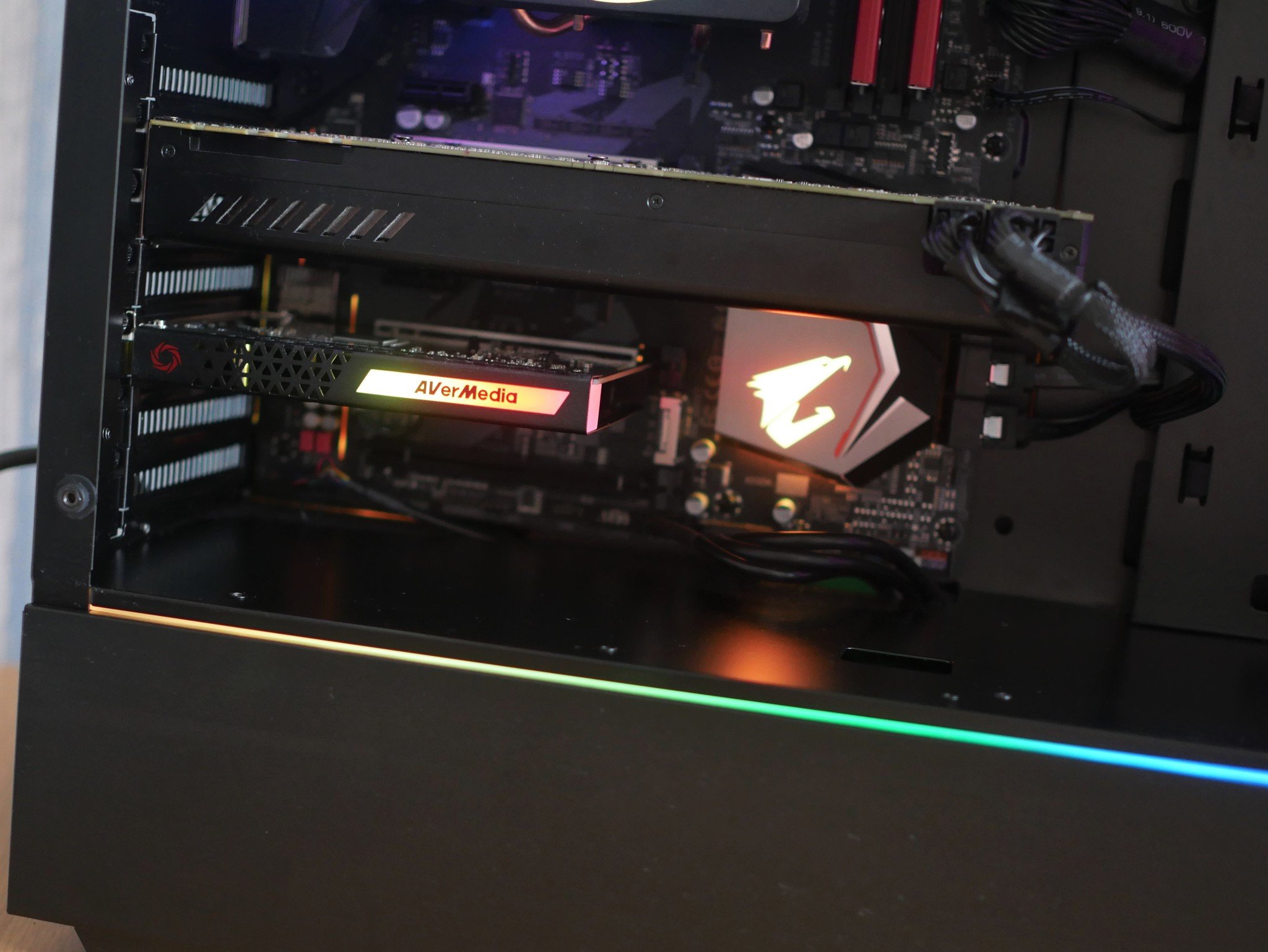AVerMedia Live Gamer Bolt vs. Live Gamer 4K: Which should you buy?

Thunder and Lightning
Capture card performance this good has, until now, been reserved for internal units connected over PCIe, but the Live Gamer Bolt changes all that.
Pros
- 4K60 HDR capture
- 1080p at up to 240 FPS
- Thoughtful design
- Stunning quality footage
- Virtually no impact on system resources
Cons
- Can't be used without Thunderbolt 3
- Expensive

Desktop Champ
Indistinguishable performance compared to the Live Gamer Bolt but significantly less expensive in part thanks to having been on the market for a couple of years now.
Pros
- 4K60 HDR capture
- 1080p at up to 240 FPS
- Heatsink to aid cooling
- Stunning quality footage
- Attractive price
Cons
- Requires a desktop PC with a vacant PCIe slot
The Live Gamer 4K is two years old now, but that just shows how far ahead of its time it was. Only now has an external capture card caught up to offer identical performance, and that's the Live Gamer Bolt. But it's taken the inclusion of a Thunderbolt 3 interface to make it happen, which will be a barrier to entry for many, particularly AMD Ryzen users.
AVerMedia Live Gamer Bolt vs. Live Gamer 4K: Tech specs

Just how closely matched are these two capture cards? Comparing the specs tells most of the story.
| Header Cell - Column 0 | Live Gamer Bolt | Live Gamer 4K |
|---|---|---|
| Interface | Thunderbolt 3 | PCIe x4 Gen 2 |
| Input | HDMI 2.0 | HDMI 2.0 |
| Output | HDMI 2.0 | HDMI 2.0 |
| Line in | Yes | No |
| Resolutions | 4K @ 60 FPS 1440p @ 144 FPS 1080p @ 240 FPS | 4K @ 60 FPS 1440p @ 144 FPS 1080p @ 240 FPS |
| HDR | Yes | Yes |
| Max bitrate | 240mbps (system dependent) | 240mbps (system dependent) |
| Format | h.264 h.265 | h.264 h.265 |
How to choose which you should buy

If they're both so evenly matched, then how do you make a decision on which to get? There are some things to consider which will make the process easier.
If you have a desktop PC that you're using for capturing and streaming, then the easy recommendation is the Live Gamer 4K. For one, it's significantly cheaper now at about half the price. You just slot it into a vacant PCIe x4 slot on your motherboard, and you're good to go. It's neat, the RGB strip will add a little flair, and you will still get eyeshreddingly good looking captures.
The exceptions would be a mini ITX system where you simply won't have a spare PCIe slot or several pre-built, small-form PCs like the MSi Trident X where you also either don't have the slot or just don't have the space to install an internal capture card. But if you built your own system and you're using at least a micro ATX motherboard, then the Live Gamer 4K is the way to go.

The immediately obvious use case for the Live Gamer Bolt is with a gaming laptop, like our own top pick, the Razer Blade 15. Many of the top gaming laptops out there have a Thunderbolt 3 port and sufficiently powerful GPU and CPU combinations to drive the Live Gamer Bolt. If you need to be portable, this is the tool for you.
It may also be a good idea if your own Intel-based desktop PC already has a Thunderbolt 3 dock attached since you could —assuming you had a spare port— attach the Live Gamer Bolt to this.
All the latest news, reviews, and guides for Windows and Xbox diehards.
Intel is the key, too, in either laptops or desktops. AMD platforms generally don't support Thunderbolt 3. There are a couple of exceptions if you're building a Ryzen or Threadripper PC, but for the most part, you're out of luck. AMD desktop users should go for the Live Gamer 4K if they can get it into their system, while AMD laptop users will have to look elsewhere entirely and consider something a little less powerful like the Live Gamer Ultra.

Richard Devine is a Managing Editor at Windows Central with over a decade of experience. A former Project Manager and long-term tech addict, he joined Mobile Nations in 2011 and has been found on Android Central and iMore as well as Windows Central. Currently, you'll find him steering the site's coverage of all manner of PC hardware and reviews. Find him on Mastodon at mstdn.social/@richdevine
